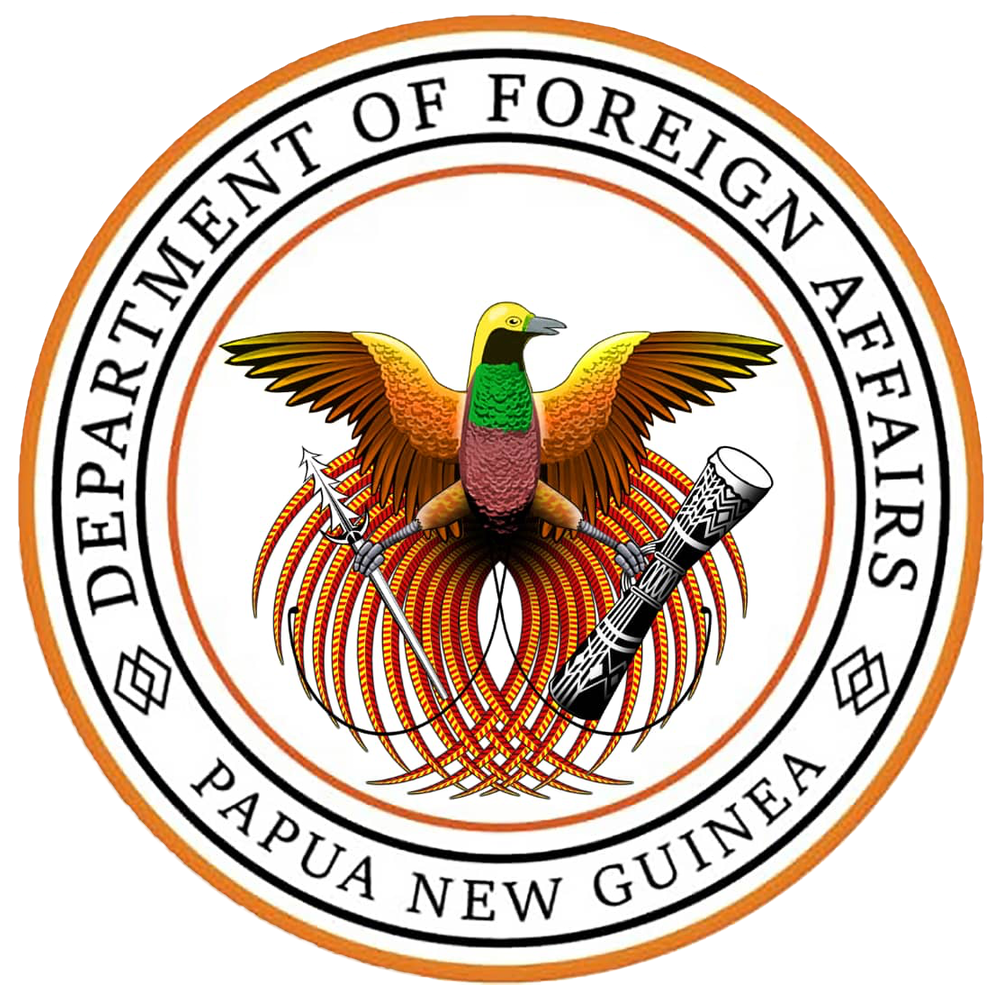About PNG: Drainage and Soil
Papua New Guinea's drainage and soil characteristics are influenced by its diverse topography, which includes coastal plains, mountainous regions, and river valleys. The country experiences a complex network of rivers, with major drainage basins such as the Sepik, Fly, and Purari rivers. The Sepik River, one of the largest river systems in the Asia-Pacific region, meanders through the northern part of the country, shaping the landscape and supporting local ecosystems.
Steeply sloping mountain areas, exceptionally heavy rainfall, geologic instability in all except the most southerly areas, and the rapid growth of both population and commercial enterprise have combined to create some of the highest soil-erosion rates in the world, rivaling those of the Himalaya region. Consequently, while rivers are usually quite short in length, they carry extraordinarily high sediment loads, which have built up vast swampy plains and deltas, especially along the Sepik, Ramu, Fly, and Purari river systems.
Once they leave the Highlands, often through spectacular gorges, such rivers meander slowly across the sediment plains. For example, some 510 miles (820 km) from its mouth, the elevation of the Fly River is a mere 60 feet (18 metres) above sea level, an average downhill gradient of only about 1.5 inches per mile (2.4 cm per km). The high deposition rates create major problems for any proposed human use of those rivers, such as transportation or hydroelectricity generation. The northern volcanic fringe contains some of the most fertile soils of the islands.
The soils in Papua New Guinea vary widely due to its diverse geography. In the highland areas, volcanic soils are prevalent, offering fertile conditions for agriculture. These areas are often characterized by terraced farming practices. Along the coastal plains, alluvial soils deposited by rivers contribute to the fertility of lowland areas. However, certain regions, particularly in the highlands, may face soil erosion challenges due to factors like deforestation and intensive agriculture. Sustainable land management practices are increasingly emphasized to address soil conservation and promote agricultural sustainability in this ecologically diverse nation.

